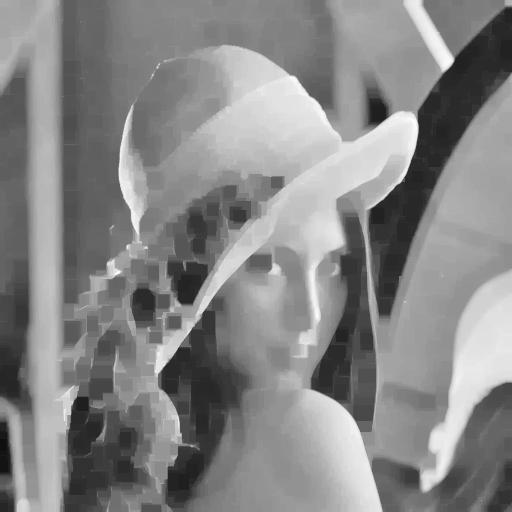Closing
A closing is a dilation followed by an erosion, using the same structuring element. A closing can be used to connect objects lying close to each other, but without letting the image blow up. The closing operator is a filter (it's an increasing and idempotent operator).
An important property of the closing (as well as of the opening) is that it is an idempotent operator. This means a second closing on you result image (with the same structuring element) give the same result. So don't waste your time trying. It really won't change.
An example:
The first image is the original Lena image.
The second image is the result of a closing with a square structuring element
with side five.
The third image is the result of a closing with a square structuring element
with side eleven.



Notice the square artifacts due to the used structuring element. After closing
the number of light gray values has increased.
Lena hasn't become thicker or thinner.
To view the full-size figures before and after closing with a square structuring element with size three, five, seven, nine and eleven, or after closing with a disk-like structuring element with radius one, two, three, four or five, click on the respective links.
[ Mathematical Morphology ] -- [ Basics ] -- [ Erosion ] -- [ Dilation ] -- [ Opening ]
